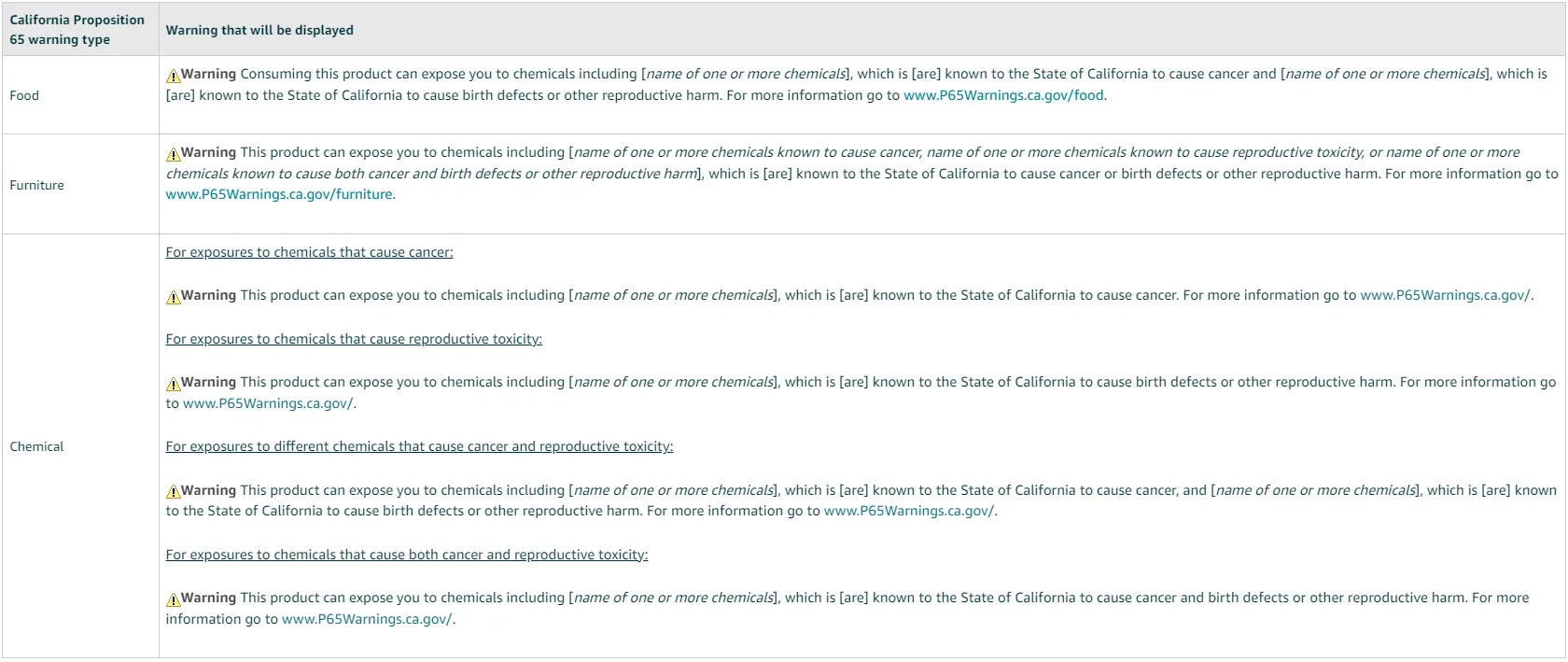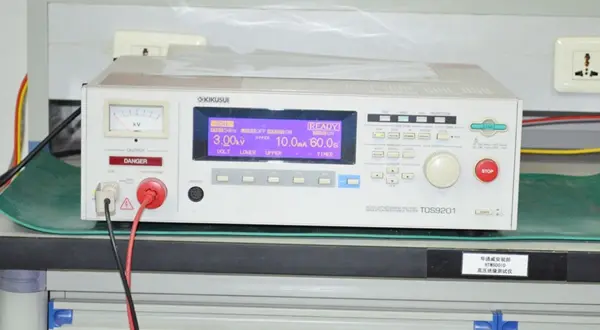
ASTM F963-17 Toy Safety Standard
What is the ASTM Standard?
ASTM standards are documents developed and published by ASTM International, formerly known as the American Society for Testing and Materials. Although these standards are voluntary, they are frequently referenced, cited, and incorporated into regULations, policies, and laws around the world.
astm f963-17:
The toy safety standard ASTM F963 has been revised, with the current version being ASTM F963-17: Standard Consumer Safety Specification for Toy Safety, which supersedes the 2016 edition. ASTM F963 is a mandatory standard. The ASTM F963-17 test methods cover toy testing to determine their intended applications and appropriate age groups. It outlines potential hazards associated with various types of toys and provides recommendations for improvements. The method also addresses the nature of hazards and children's natural tendencies to interact with them, including effective toy packaging and transportation.
Toy Safety ASTM F963-17 Test Methods:
In addition to guidelines, ASTM F963-17 includes toy testing methods applicable to toys intended for children under 14 years of age. Since toys differ in components and use, the document covers a wide range of materials subject to safety requirements.
For example, Section 4.6 of ASTM F963-17 covers small objects and states:
"These requirements are intended to minimize the hazards of choking, ingestion, or inhalation of small objects for children under 36 months."
The ASTM F963-17 tests include the following:
1. CheMICal and heavy metal limits
2. Mechanical and physical properties
3. Electrical safety
4. Small parts
5. Flammability
Chemical and Heavy Metal Limits:
ASTM F963-17 outlines test methods to ensure that the levels of heavy metals and restricted substances in toys, their materials, or components do not exceed specified limits.
These substances include lead, cadmium, and phthalates. Products and materials containing restricted substances above the allowable limits do not comply with ASTM F963-17. Unlike en 71-3, ASTM F963 adds total lead testing but applies material-specific requirements only to surface coatings.
Mechanical and Physical Properties:
ASTM F963-17 defines mechanical and physical requirements for toys. Examples include:
- Sharp points
- Safety design
- Small parts
- Detachable components
Mechanical and physical requirements directly affect toy design, as design elements must comply with ASTM F963-17 from the drafting stage. These include impact testing, drop testing, tensile strength testing of removable parts, compression testing, and flexure testing.
Non-compliant designs will not pass ASTM F963-17 testing.
Electrical Safety:*
The standard also includes requirements related to electrical safety, as some toys contain electrical components or batteries. Therefore, it is crucial that these components—and the toy itself—do not pose a risk to children.
Electrical safety considerations under ASTM F963-17 may impact PCB layout and wiring diagrams, which must be addressed during the toy's design phase.
Small Parts:
ASTM F963-17 includes requirements for small objects and small parts, which must undergo mandatory testing at a CPSC-accREDited laboratory.
These requirements apply to items such as beads, buttons, and plastic eyes on plush toys. They also cover parts that may be detached, disassembled, or separated by children—posing a potential choking hazard.
Flammability:
Some toys must be tested to ensure they are not excessively flammable. The spontaneous burning speed along the main axis must be below 2.5 mm/s after ignition.
This is to prevent risks when children play near heat or fire sources. For example, plush toys may be subject to this requirement.
CPSC Certification and Toy Testing Reports
For CPSC-compliant toy testing reports, please consult JJR Laboratory in China!
Email:hello@jjrlab.com
Write your message here and send it to us
 What Are the Battery Compliance Test Reports?
What Are the Battery Compliance Test Reports?
 Christmas Children’s Products EU & US Complian
Christmas Children’s Products EU & US Complian
 Food Packaging Material Testing
Food Packaging Material Testing
 Cosmetic Product Safety Report
Cosmetic Product Safety Report
 What is Prop 65 Warning?
What is Prop 65 Warning?
 Does RoHS Apply to Packaging?
Does RoHS Apply to Packaging?
 How to Get RoHS Compliance?
How to Get RoHS Compliance?
 How to get EN 62368-1 Test Report
How to get EN 62368-1 Test Report
Leave us a message
24-hour online customer service at any time to respond, so that you worry!




